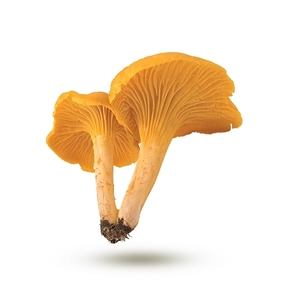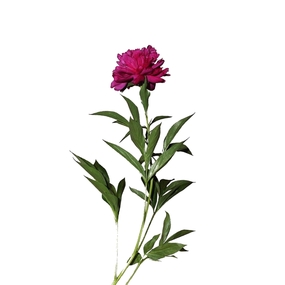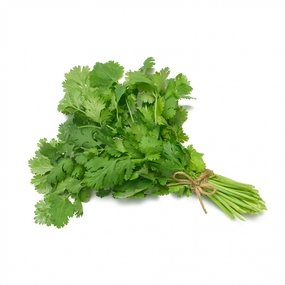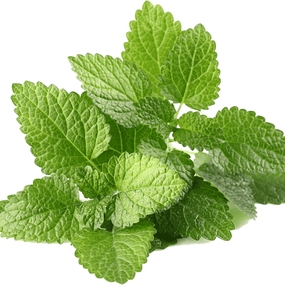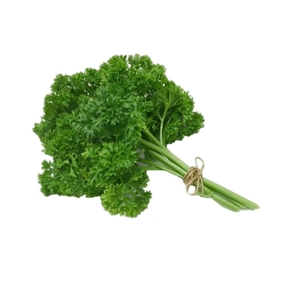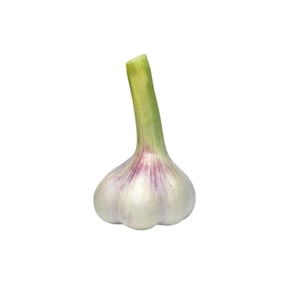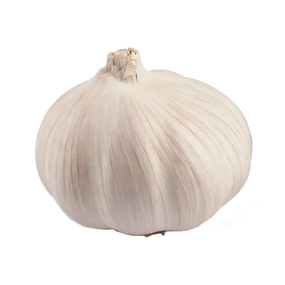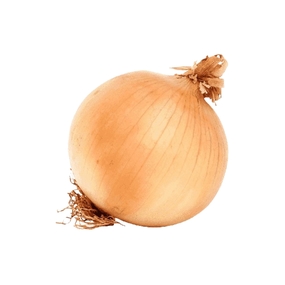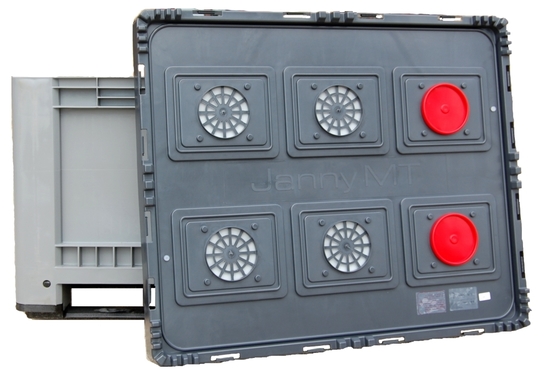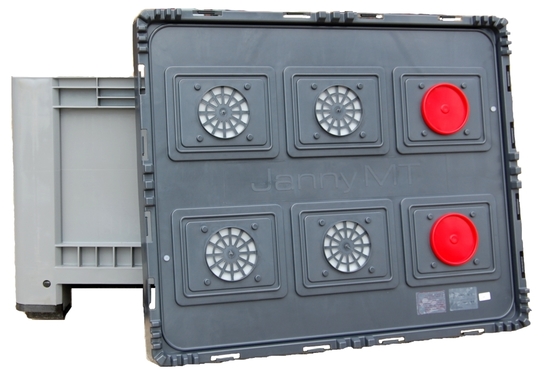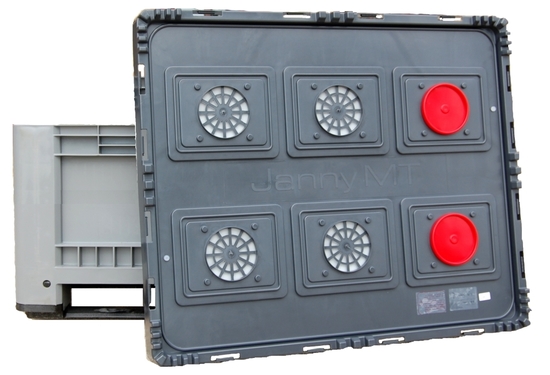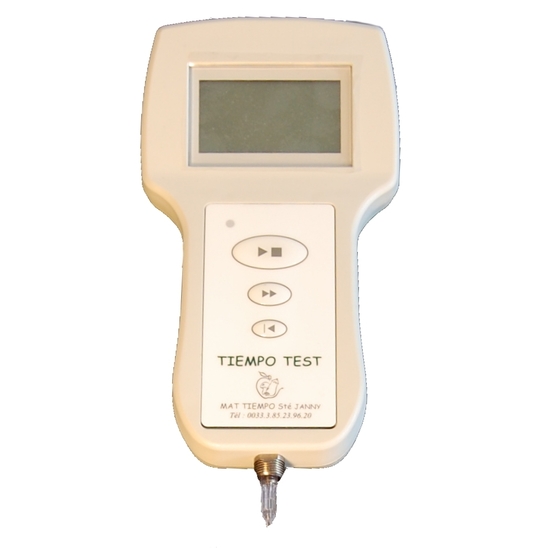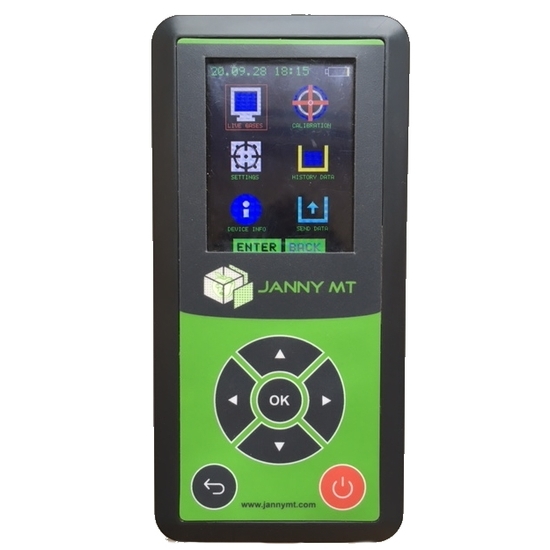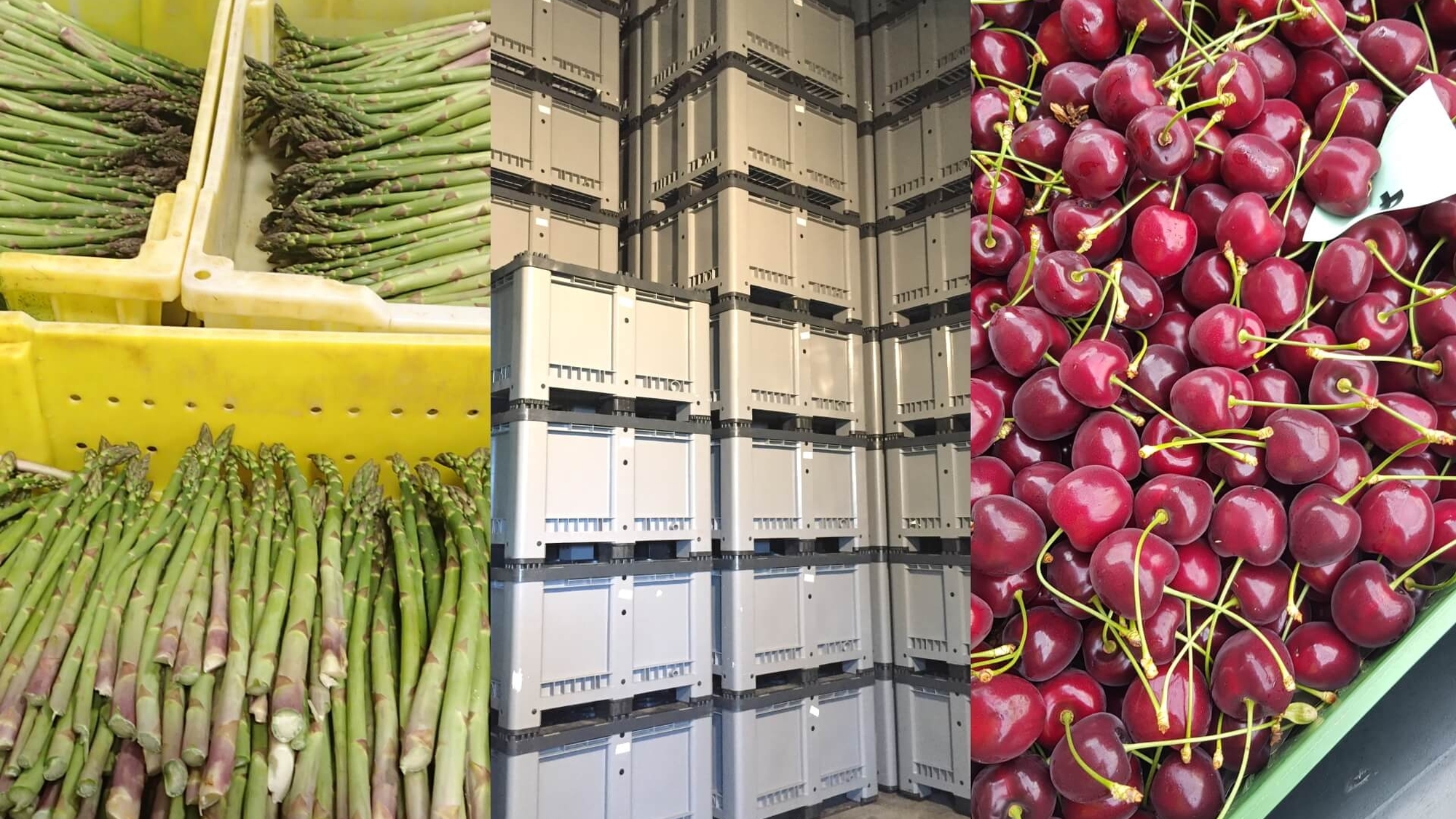
Controlled atmosphere

How does it work?
-
The 1st of the modern technologies of storage that is used right up to the consumer's home is of course the cold. This cold will provoke a first decrease in respiration, thus providing a first potential extension of storage.
When the Janny MT lid is clipped onto a bin filled with products whose breathing intensity is reduced by the cold, its tightness seal maintains the humidity of the stored products. Its selective permeability membranes stabilize oxygen and CO2 levels between 1 and 5%, using the O2 absorption of the products' breathing as the engine. This decrease in oxygen causes a second decrease in respiration, thus further increasing the possible duration of storage.
The simultaneous adjustment of the 3 pillars of storage (temperature, relative humidity & O2 / CO2 balance) obtained in the modules placed in cold room thus provides the best storage quality in a natural way: this is the Janny MT sustainable quality.
The same equipment (the modules) works on more than 20 vegetables, 15 fruits, 3 mushrooms and 3 species of flowers. It is just needed to close more or less membranes, thanks to the removable caps, to adapt the equipment to the stored product.
-
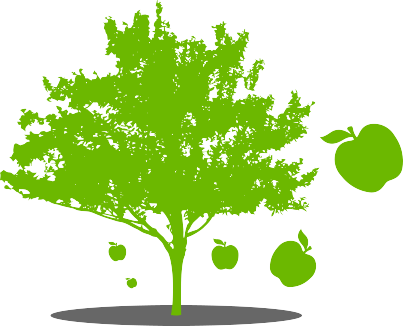
Harvest
of your fruits, vegetables, flowers, mushrooms... -
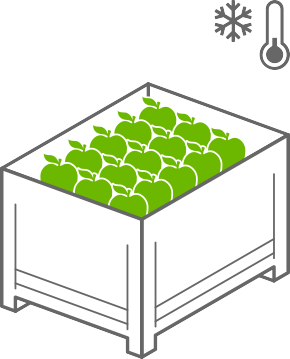
Cooling
open module in cold room -
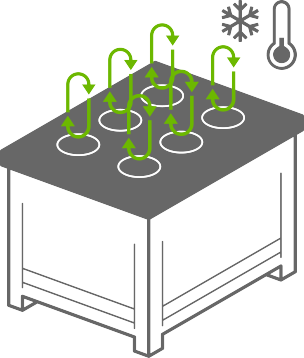
Storage
closed module in cold room -
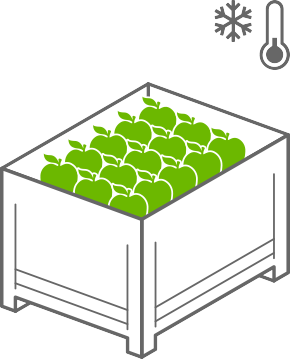
Readaptation
open module in cold room -
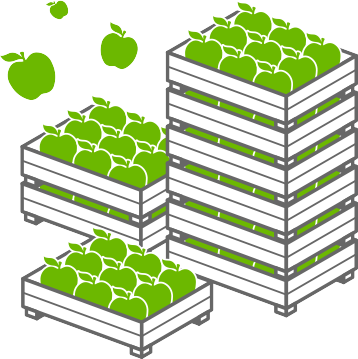
Sales
of your fruits, vegetables, flowers, mushrooms ...
The benefits of CA bins
-
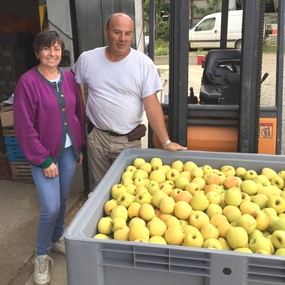
Weight loss reduction
In a cold room the products are generally stored in opened crates or bins. The cooling is ensured by a cooling unit that circulates air in the room. When the air is cooled by the cooling unit, it dries out before being ventilated. In contact with the products to be cooled, the air heats up and then acquires a capacity to absorb humidity: it thus captures a little water each time it passes over the product, and thus gradually makes it lose its freshness and possible crunchiness. For example, on apples or cherries, weight losses of around 10% are common at the end of storage in conventional packaging; for a product such as chestnuts, this can be as much as 20%!
With the Janny MT process, these are the modules that are cooled. It is then the walls of the modules that cool the products without drying them out; the weight loss is then reduced to a maximum of 1.5%. For products sold by weight, the economic gain is obvious. -
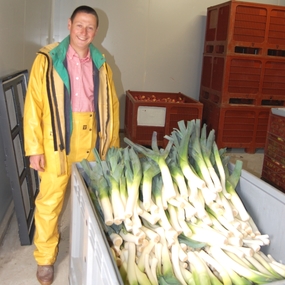
Increase in marketed volumes
The Janny MT process gives growers and marketers the ability to shift sales, depending on the product, by several days, weeks or months from harvest. This ability allows them to harvest or purchase products even if the market is not able to absorb them immediately. Cherries left on the trees, or leeks left in the field that end up crushed after bolting, are examples of non-harvest losses that become avoidable: the products can be quietly picked at optimal maturity, to be then sold according to market needs. Some losses due to bad weather can also be avoided.
Losses in the field or during storage are therefore reduced, which converts into increased volumes sold at the right time for the market. -
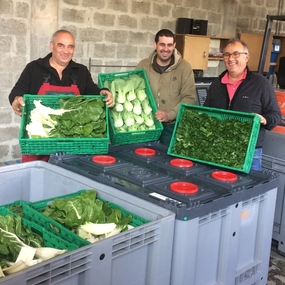
Maintain quality during storage
Having the possibility to keep freshness and quality longer gives more time to market the products in first quality. As a result, many users of CA modules have greatly reduced their need for processing. There is no longer any need to send apples to the industry: they can be marketed fresh for several more months.
Given the price differences between 1st category and industry, the economic benefit is major. -
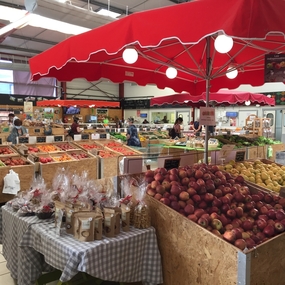
Choice of sales channel
Another mechanical consequence of increased post-harvest flexibility is that there is no longer a need to sell at low prices due to downgrading when conventional cold no longer maintains quality.
Products can be offered for longer periods of time, much to the delight of consumers. This is thus possible with more remunerative prices for growers and distributors. ! -

Choosing the best time to sell
Agricultural raw materials are, like other commodities, subject to the law of supply and demand. When a production peak occurs, the market can quickly become saturated with commodities, causing prices to fall.
Having the capacity to preserve products for longer periods of time while keeping their freshness allows the marketing of part of the volumes harvested during the peak season to be shifted to the off-season, often at more advantageous prices. For example, our peony growers customers, whose production peaks in spring, have a major economic interest in shifting their sales to the wedding high season in summer. Similarly, blueberry growers have an interest in selling their August production at the end of September. -

A destocking flexibility unmatched in CA
Only take out of storage the quantities necessary for the market needs, and keep the rest of the volumes in optimal storage conditions.
CA modules are the only solution that combines such flexibility in storage with the shelf life allowed by optimal O2 and CO2 levels. -
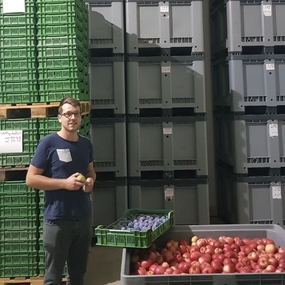
And more...
The interests cited above are all drawn from the experience of our clients. But if we wanted to be exhaustive, we would also have to detail how the use of CA modules, possible with several products successively during the same season, allows some to save on labor, to free themselves on weekends, to accelerate the rotation of their crop plots, to simplify their technical itineraries, to build customer loyalty... but we prefer even more to explore all this with you by accompanying you in the setting up of your storage project!
-
The Fruit range
-
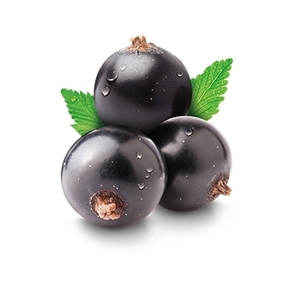 blackcurrant up to 40 days
blackcurrant up to 40 days -
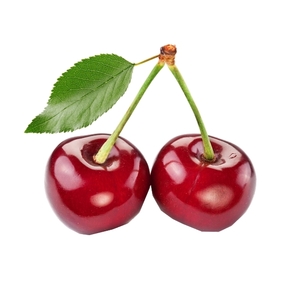 cherry up to 25 days
cherry up to 25 days -
 chestnut up to 2.5 months
chestnut up to 2.5 months -
 fig up to 1 month
fig up to 1 month -
 strawberry up to 12 days
strawberry up to 12 days -
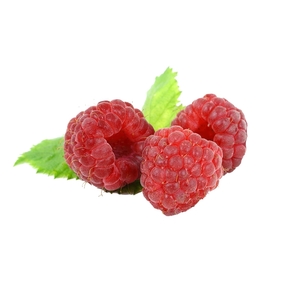 raspberry up to 11 days
raspberry up to 11 days -
 passion fruit up to 80 days
passion fruit up to 80 days -
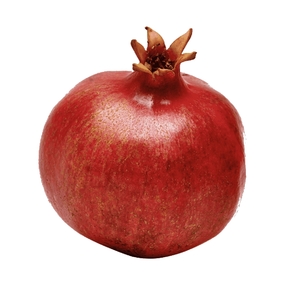 pomegranate up to 6 months
pomegranate up to 6 months -
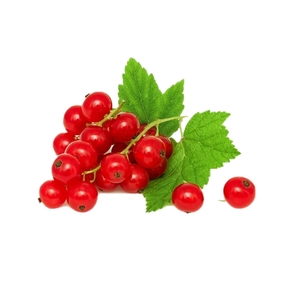 redcurrant up to 40 days
redcurrant up to 40 days -
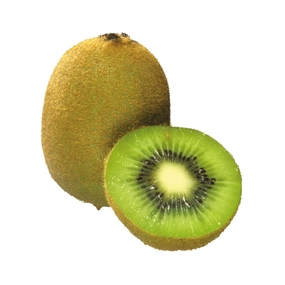 kiwi up to 5 months
kiwi up to 5 months -
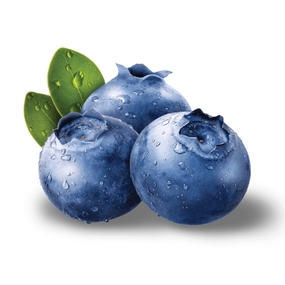 blueberry up to 6 weeks
blueberry up to 6 weeks -
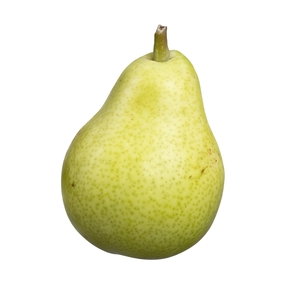 pear up to 7 months
pear up to 7 months -
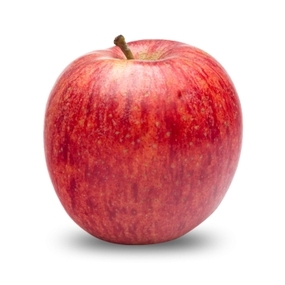 apple up to 10 months
apple up to 10 months -
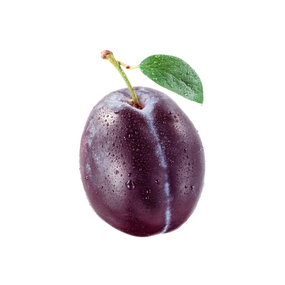 plum up to 50 days
plum up to 50 days -
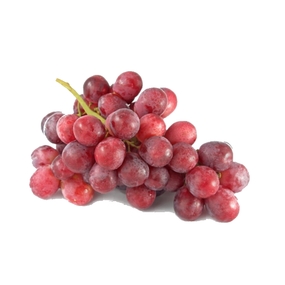 table grape up to 5 months
table grape up to 5 months
-
-
The Vegetable range
-
 asparagus up to 25 days
asparagus up to 25 days -
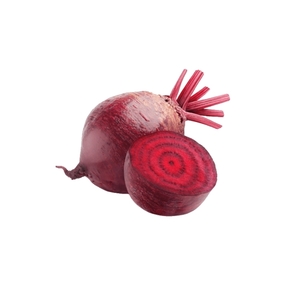 red beetroot up to 5 months
red beetroot up to 5 months -
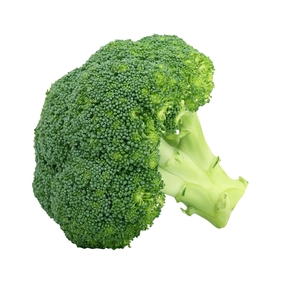 broccoli up to 1.5 month
broccoli up to 1.5 month -
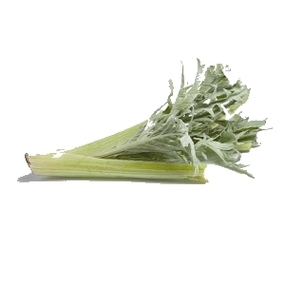 cardoon up to 1.5 month
cardoon up to 1.5 month -
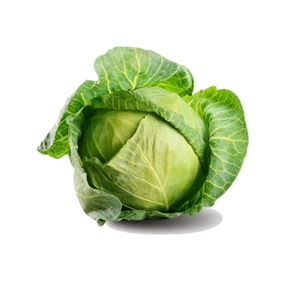 white / red cabbage up to 6 months
white / red cabbage up to 6 months -
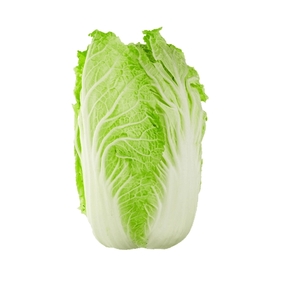 chinese leave up to 4 months
chinese leave up to 4 months -
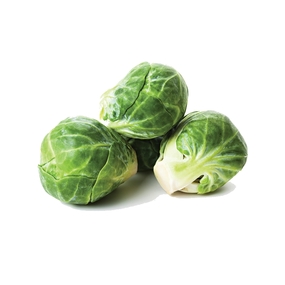 Brussel sprout up to 2 months
Brussel sprout up to 2 months -
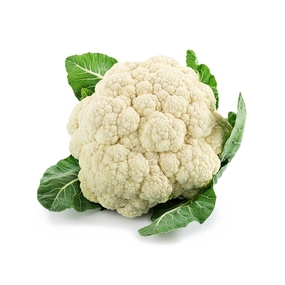 cauliflower up to 1.5 month
cauliflower up to 1.5 month -
 curly kale – Milan up to 6 months
curly kale – Milan up to 6 months -
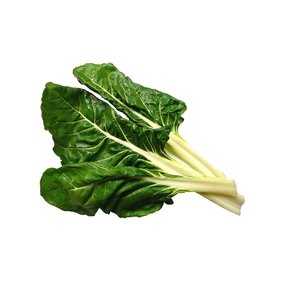 Swiss chard up to 28 days
Swiss chard up to 28 days -
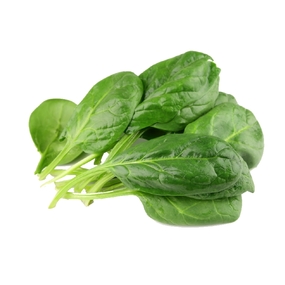 spinach up to 15 days
spinach up to 15 days -
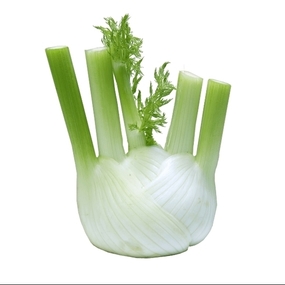 fennel up to 30 days
fennel up to 30 days -
 bean up to 20 days
bean up to 20 days -
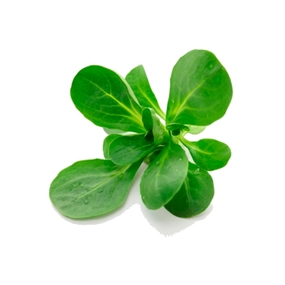 lamb's lettuce up to 21 days
lamb's lettuce up to 21 days -
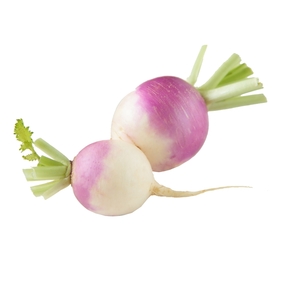 turnip up to 4 months
turnip up to 4 months -
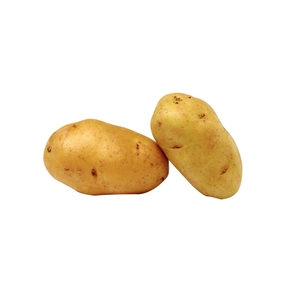 new potato up to 90 days
new potato up to 90 days -
 pak choi up to 60 days
pak choi up to 60 days -
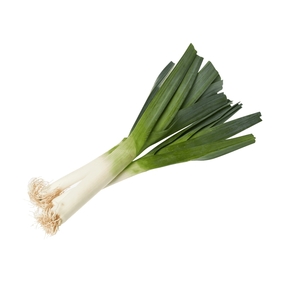 leek up to 3 months
leek up to 3 months -
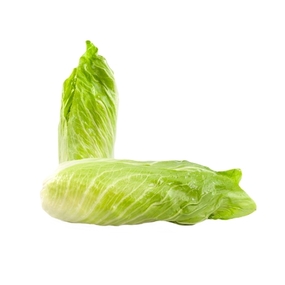 sugarloaf up to 2 months
sugarloaf up to 2 months -
 radicchio up to 4 months
radicchio up to 4 months -
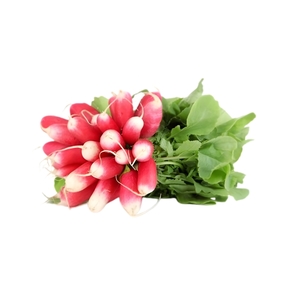 bunch radishes up to 1 month
bunch radishes up to 1 month -
 radishes with stems removed up to 2 months
radishes with stems removed up to 2 months -
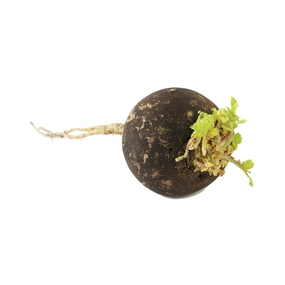 black radish up to 3 months
black radish up to 3 months -
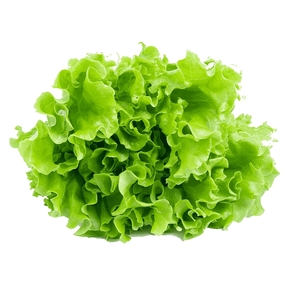 lettuce up to 21 days
lettuce up to 21 days -
 jerusalem artichoke up to 90 days
jerusalem artichoke up to 90 days
-
-
The Mushroom range
-
The Flower range
-
The Aromatic range
-
The condiment range
